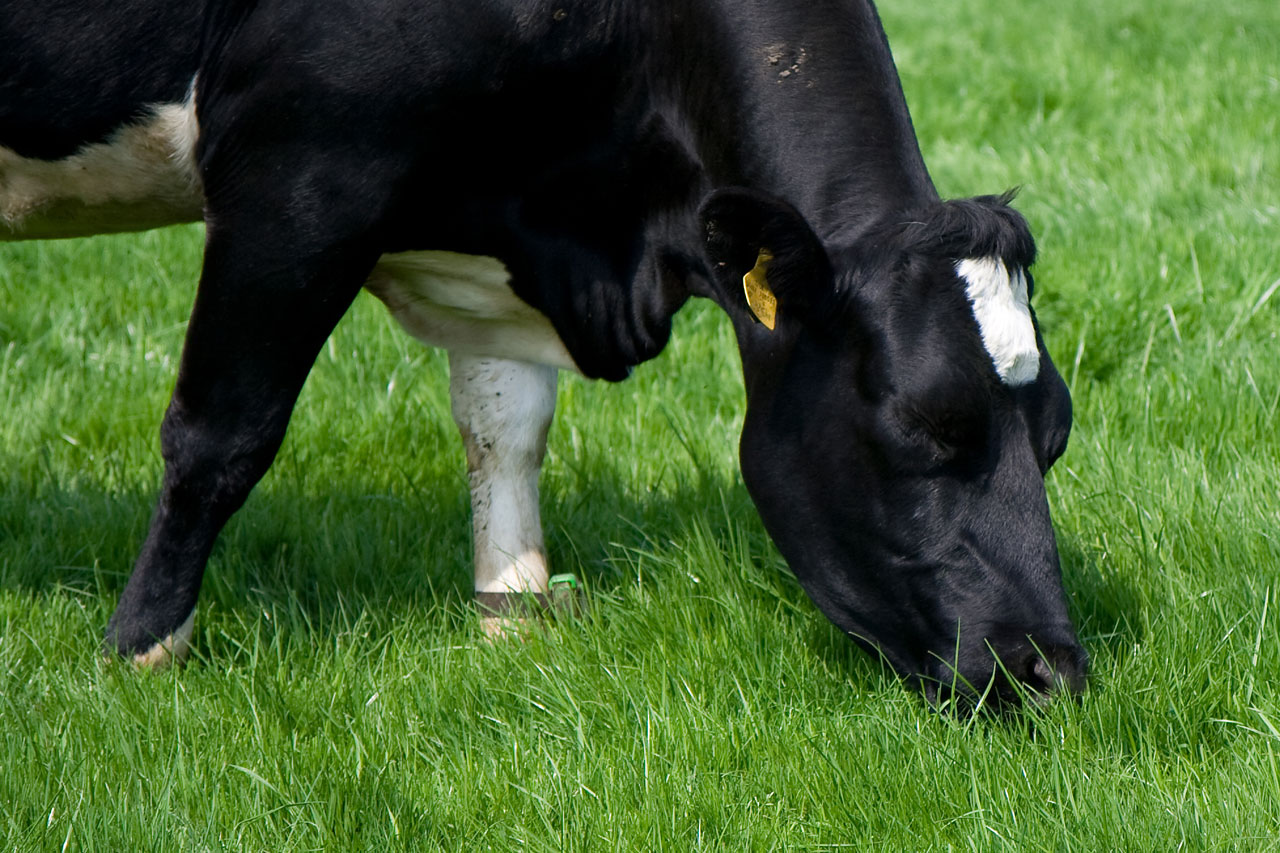Original Article from Canadian Cattlemen
Tuesday, October 20, 2020 - Researchers at the Agriculture and Agri-Food Canada (AAFC) research centre in Lethbridge, Alberta, are developing a  probiotic to help reduce the incidence of bovine respiratory disease (BRD). Though several studies are still needed to fully develop this strategy, it’s anticipated to work best as part of a prevention program that reduces the stress of cattle arriving at feedlots.
probiotic to help reduce the incidence of bovine respiratory disease (BRD). Though several studies are still needed to fully develop this strategy, it’s anticipated to work best as part of a prevention program that reduces the stress of cattle arriving at feedlots.
“It’s not a direct replacement of antibiotics; by far antibiotics are still the best mitigation strategy for respiratory disease treatment and prevention,” says Dr. Trevor Alexander, researcher with AAFC at the Lethbridge centre. “If we use it as part of a management strategy to reduce antimicrobial use, I think that can be achieved.”
Although BRD has been studied for decades, mortality and morbidity rates haven’t improved much in this time, and treatment and loss of production cost the Canadian beef industry an estimated $75 million annually. Cattle are most susceptible after transport and up to 40-60 days after arrival at feedlots. The risk factors for BRD, including stress from transportation, environmental factors and commingling, can reduce an animal’s immunity, leading to greater likelihood of pathogen growth and subsequent lung infection.
With the respiratory bacterial pathogens responsible for BRD increasingly becoming resistant to antibiotics in the past decade, there are concerns about the continued efficacy of using common antimicrobials to prevent and treat BRD in feedlots. This led researchers to explore alternatives over the last several years, with studies of the bovine microbiota playing an important role.
A microbiota is the community of microorganisms within the body or a specific part, such as the respiratory tract. “Studies have shown that mammals essentially live in symbiosis with resident microbiotas,” Alexander explains. “The host’s microbiota is very important to health, and the resident microbiota basically have a critical role in resistance against pathogens.”
Using DNA sequencing, the researchers are focusing on respiratory tract microbiota. Preliminary studies comparing the nasopharyngeal bacteria of cattle entering feedlots found that animals that stayed healthy had an increase in bacteria of the Lactobacillaceae family, among others, compared to cattle who were treated for BRD.
“This got us to start believing that perhaps there are populations of bacteria that can enhance respiratory health,” says Alexander. This prompted a new line of research to develop a probiotic to reduce pathogen growth, to be administered by an intranasal product as part of a feedlot entry protocol.
While probiotics, which are live micro-organisms administered to benefit the health of the host, are generally given through feed to cattle, they can be administered in other ways.
The researchers went on to conduct two in vivo studies, with promising results. “We took our six strains and we used them all together as a multi-strain cocktail of bacteria, just to broaden the diversity of probiotic candidates,” he says.
The first study involved 24 dairy calves, half of which received the probiotics on the first day. On the second day, all calves were challenged with M. haemolytica, and when colonization rates of the pathogen were compared between the two groups, the calves that received the probiotics had much lower rates.
They also found the probiotics had a positive effect on other bacteria present. “The probiotics were actually increasing interactions between the resident microbiota, which can also be a good thing because that can lead to increased colonization resistance against pathogens.”
The second study consisted of 60 beef calves, with 20 calves as the control group, 20 given a metaphylactic antibiotic and 20 given the multi-strain probiotic. They used a single dose to emulate typical feedlot entry practices. The calves’ respiratory microbiota were then compared over a 42-day period, and the results were as hoped.
Alexander can’t yet say when a product developed from this work will be available to producers, as more studies are required. The next stage of this research is to further develop the six probiotic candidates, as well as explore more bacteria beyond the genus Lactobacillus for their use as probiotics. They’ll also work on enhancing colonization of the probiotic bacteria when administered, as the latest study found colonization increased after application but then decreased within the next three to five days. Alexander anticipates it being some time before this technology will be ready for a field test.
Learn More at This Link
